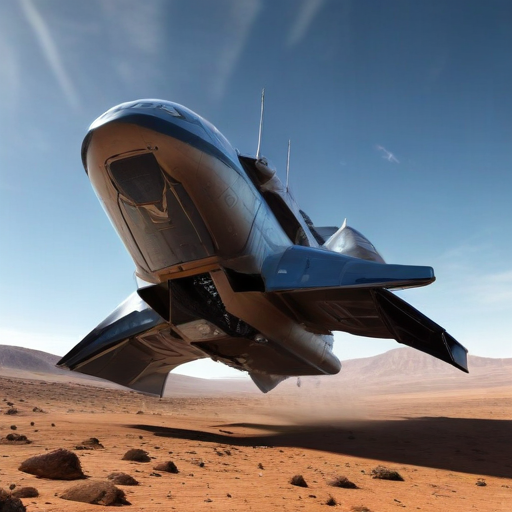The Boeing CST-100 Starliner crew has received promising news regarding their impending return to Earth. After being in space since early June, recent ground tests of the spacecraft’s thrusters have been completed. This development comes as NASA and Boeing have been awaiting these results to begin planning for the spacecraft’s homecoming.
An update last week highlighted that the testing of the Starliner’s Reaction Control System (RCS) thruster at the White Sands Test Facility in New Mexico was successful, allowing teams to move forward with data analysis. The tests aimed to examine thruster performance and understand issues that led to some thrusters being de-selected during the flight. This means certain thrusters ceased functioning, which was attributed to leaking helium tanks that posed challenges before and during the launch.
Despite having ample helium onboard—70 hours’ worth when only 7 hours are necessary for conversion—NASA officials clarified that while the Starliner could technically return at this moment, they prefer to ensure all systems are fully ready. The timeframe for the return flight was somewhat indefinite, but recent updates indicate that a return is likely in the upcoming weeks, contingent upon the completion of thruster inspections and readiness evaluations for the crew led by commander Butch Wilmore and pilot Suni Williams.
This situation highlights both the challenges of space missions and the rigorous testing and evaluations necessary to ensure crew safety upon return. With continued progress and careful planning, the Starliner mission could soon conclude positively, showcasing the resilience and adaptability of NASA and Boeing’s engineering teams in overcoming obstacles.
Overall, this news symbolizes the innovative spirit of space exploration, as teams work diligently towards a successful return and pave the way for future missions.
